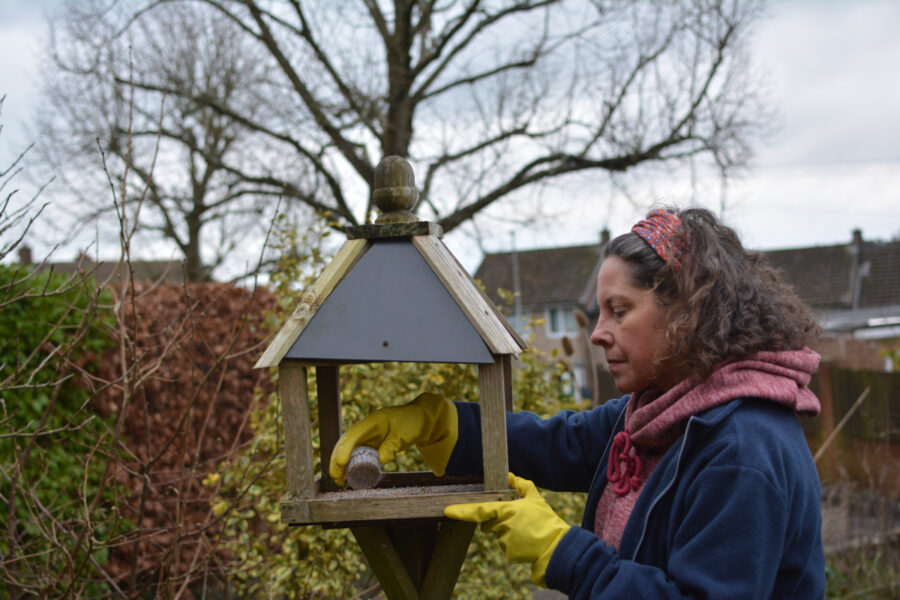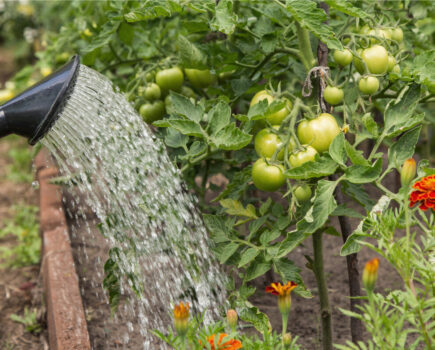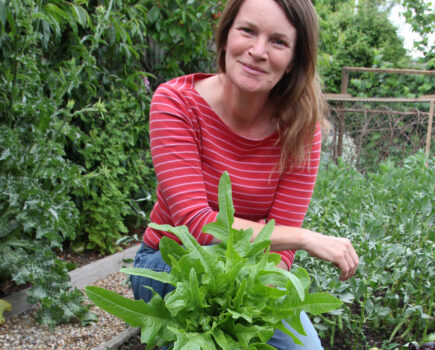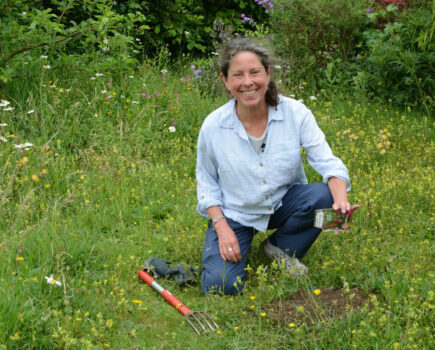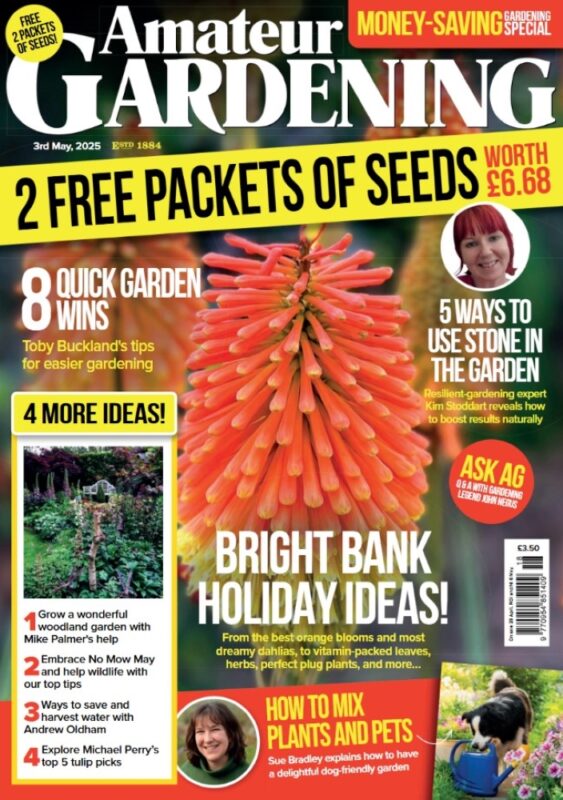Regular disinfecting will help populations stay healthy
AS well as gardeners we are conservationists and one very important part of looking after the nature around us is feeding and providing spade spaces for garden birds.
Like many of you, we feed our birds year-round, during the winter when there’s little else for them to forage for, in spring when they are rearing young, and in summer when they moult, go quiet and need easy pickings that keep them safe from predators.
It’s all go in the garden now, as far as the birds are concerned, with chaffinches, goldfinches, starlings and sparrows and many varieties of tits all flocking to the feeders and investigating places to nest.
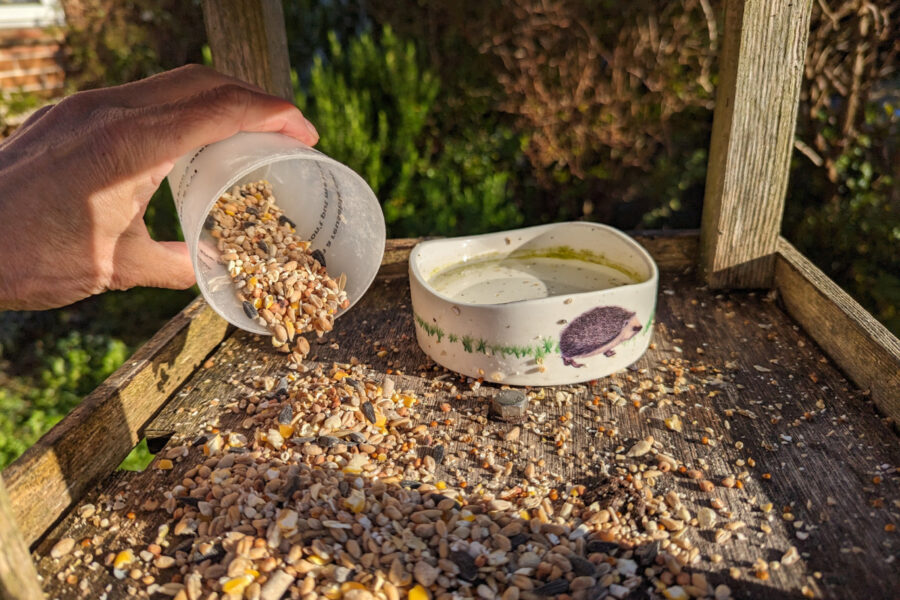
So it made me uneasy when I read that the RSPB has stopped selling flat bird feeders because of the risks posed to finches by the virulent virus trichomonosis. Infected birds have difficulty breathing, swallowing and feeding, and may have a swollen neck and damp neck feathers. They may also be lethargic.
Trichomonosis affects pigeons and doves and was first spotted in finches in 2005. Populations of greenfinches and chaffinches have plummeted thanks to the disease, and sparrows, goldfinches and siskins are also at risk.
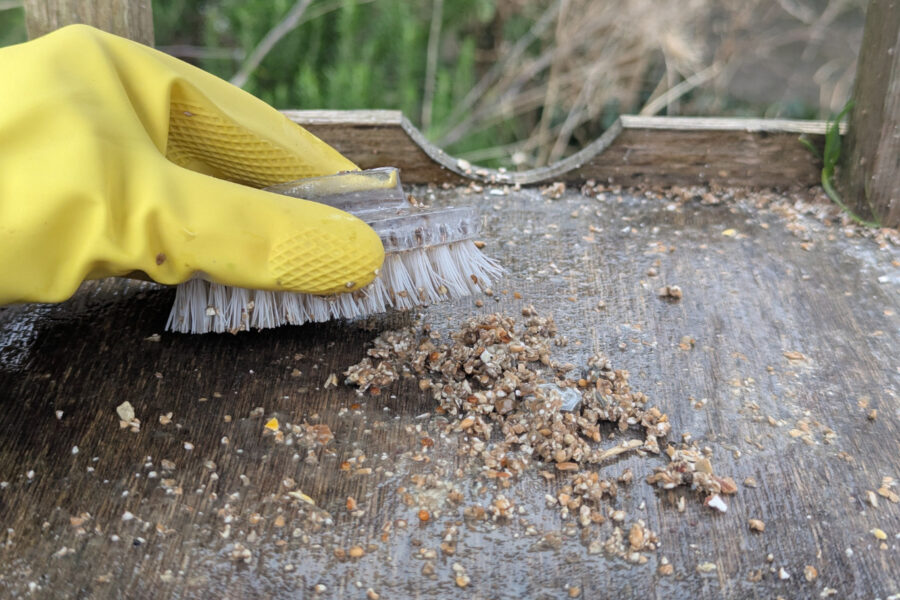
Luckily, gardeners can reduce the risk of contagion by making sure bird feeding stations, feeders, bird tables and bird baths are cleaned and disinfected regularly and uneaten food disposed of.
Don’t stop feeding your garden birds – they need us more than ever – but do make sure they feed safely, from clean areas that are away from overhanging trees and shrubs where predators can lurk.
Ornamental grass care
Cut back, divide and plant
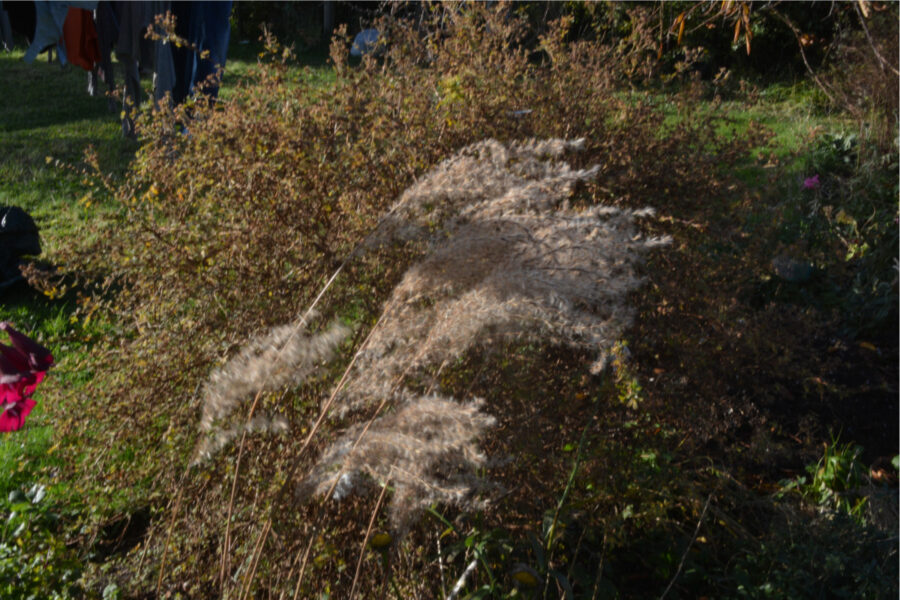
1. We left our grasses standing through winter so birds could feast on the seeds.
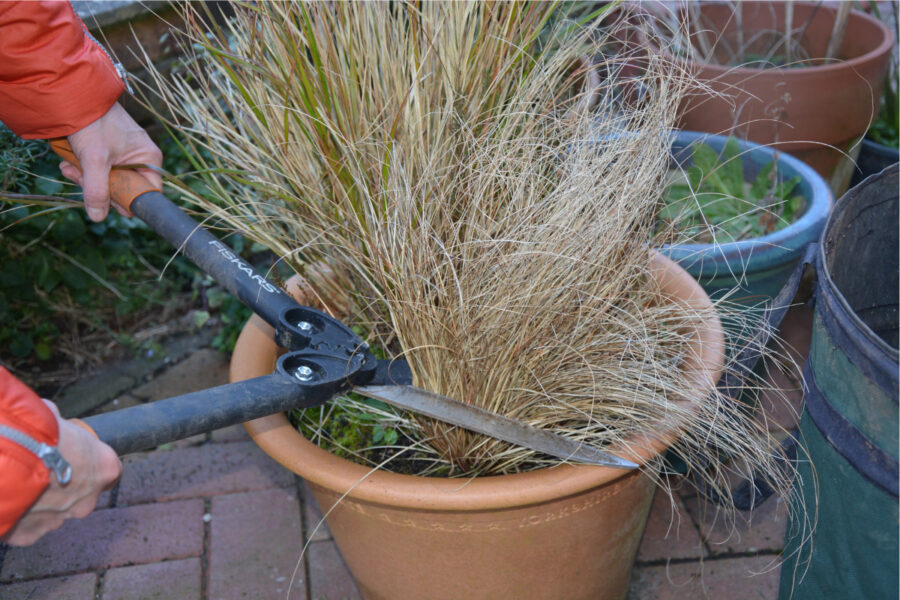
2. Cut back deciduous grasses to make room for new growth, and remove the dead blades of evergreens.
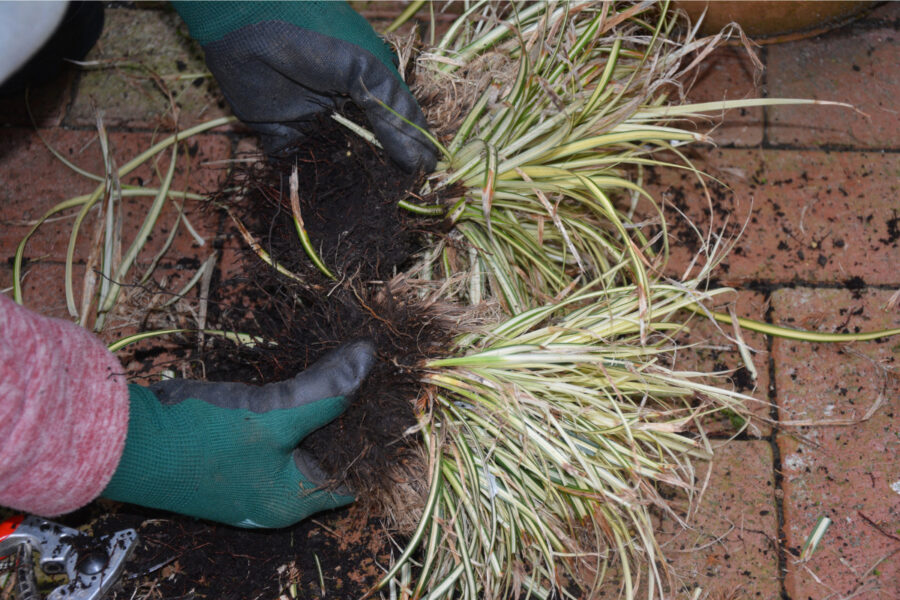
3. Divide overcrowded clumps, throw away their unproductive hearts and replant the divisions.
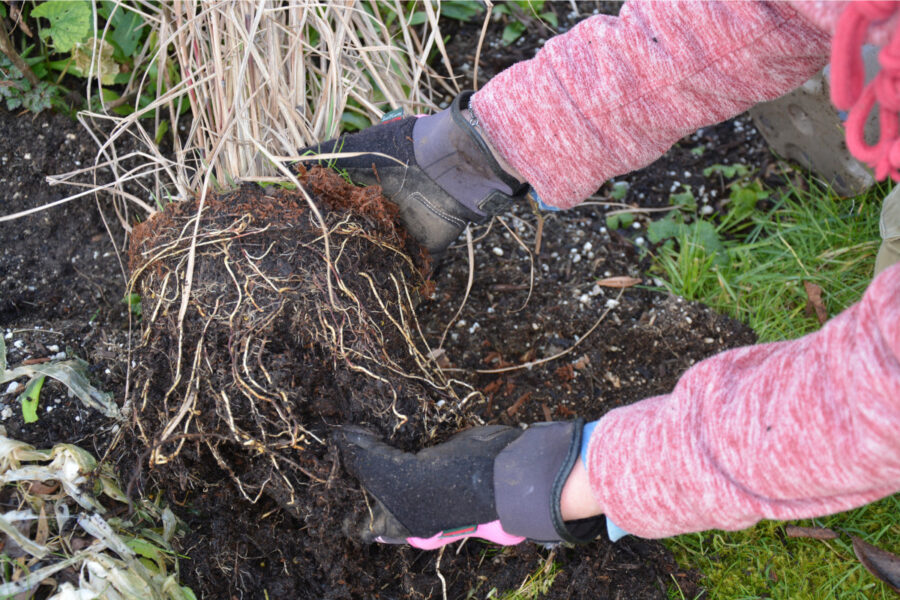
4. Plant new grasses. Remember to spread the roots before planting so they establish strongly.
Autumn raspberries
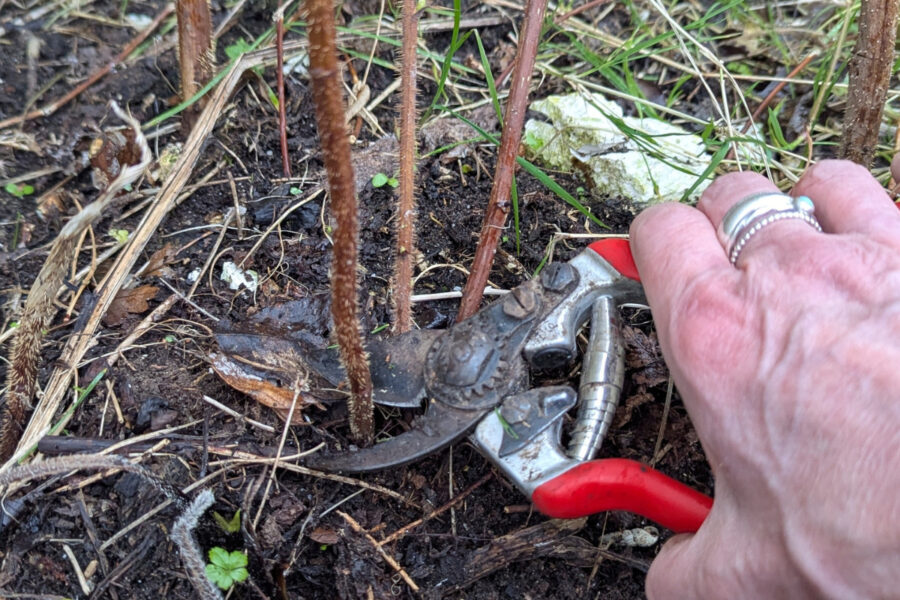
1. If you haven’t already done so, cut autumn raspberry canes to the ground, then weed around them and mulch with well-rotted compost.
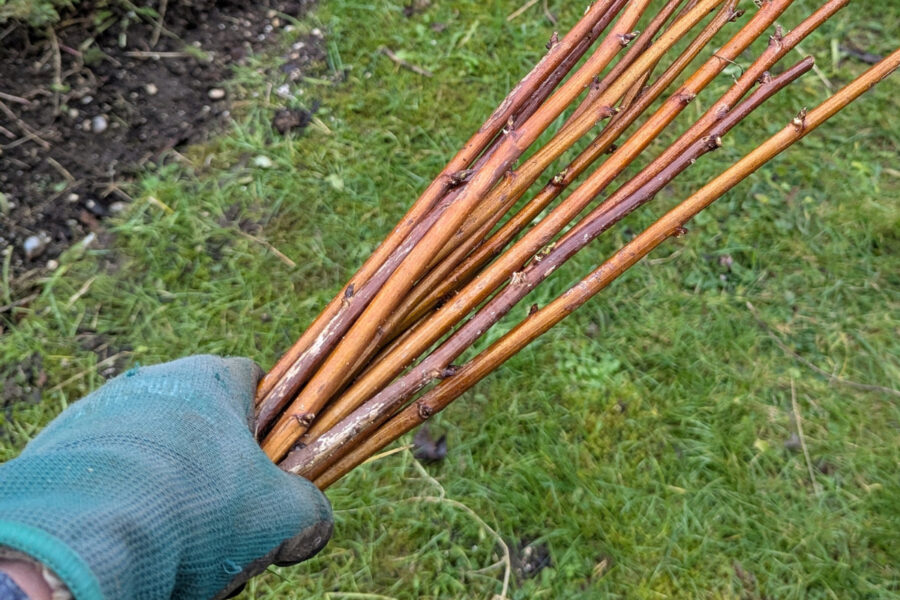
2. Cut up and compost spindly canes but keep the longest and best to use as plant supports this summer.
Find more tips, advice and articles like this at the Amateur Gardening website. Subscribe to Amateur Gardening magazine now

